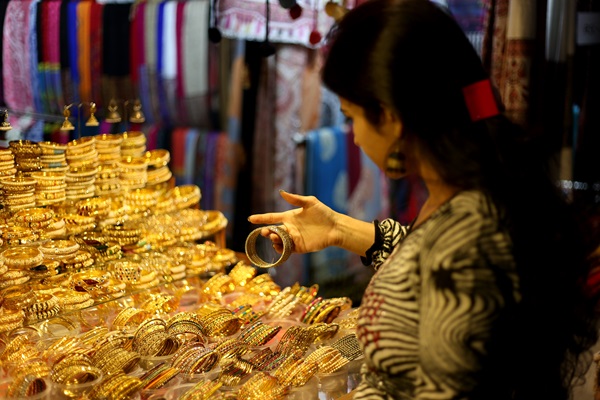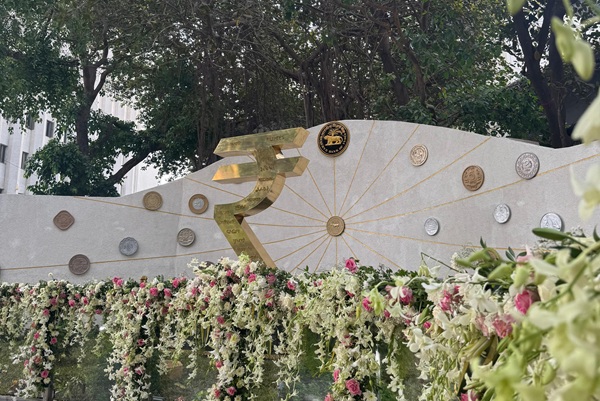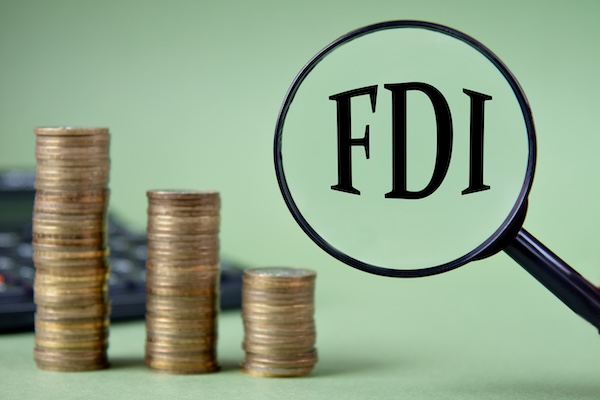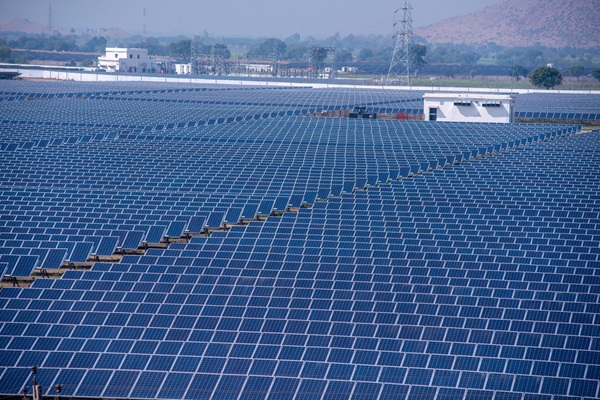.png)
Datametricx is a veteran journalist tallying the macro game, keeping score of the numbers that shape India’s economy and policy.
November 1, 2025 at 7:57 AM IST
India’s industrial growth moderated to a three-month low of 4.0% in September from an upwardly revised 4.1% in August. The data show mixed signals following the recent cut in goods and services tax rates. Output of consumer durable goods grew in double digits for the first time in 10 months, helped by pent-up demand after the announcement of GST rate cuts. However, output of consumer non-durable goods continued to contract, likely hit by destocking ahead of the implementation of the new rates. The October data will give a clearer picture of the impact of tax rate cuts.
In addition to consumer durable goods, the infrastructure goods sector performed well, growing in double digits for the third consecutive month in September, likely reflecting the central government’s front-loading of capital expenditure.
Industrial growth was expected to moderate further, given the moderation in both the manufacturing PMI and the output growth of the eight core industries during the month. The growth in eight core industries, which make up for 40.3% of the Index of Industrial Production, had moderated to 3.0% in September from 6.5% in August, while manufacturing PMI slowed to 57.7 from 59.3.
Although industrial growth has now more than doubled to 4.1% in July-September from 2.0% a quarter ago, it remains well below the robust expansion signalled by the manufacturing Purchasing Managers’ Index. While the GST reform will help boost industrial growth in the coming months, a sustained recovery will depend on how quickly India resolves the tariff-related issues with the US.
The central government’s fiscal deficit narrowed marginally at the end of September from a month earlier. The government had a fiscal surplus of ₹250 billion in September, mainly due to a sharp contraction in revenue expenditure. The fiscal deficit at the end of September stood at 36.5% of the full-year target, compared with 38.1% a month ago. However, at ₹5.73 trillion, the deficit was still 20.8% higher year-on-year.
The government’s total expenditure rose 9.1% to ₹23.03 trillion in April-September, driven by a 39.9% increase in capital expenditure to ₹5.81 trillion. Total receipts grew 5.7% to ₹17.30 trillion, aided by a larger-than-projected surplus transfer from the Reserve Bank of India, which has transferred a record ₹2.69 trillion in 2025-26. Net tax revenues contracted 2.8% to ₹12.29 trillion, mainly due to muted collections and the front-loading of tax devolution to states.
Gross tax collections rose 2.8% to ₹18.65 trillion in April-September, well below the Budget’s projected growth of 21.4%. The weak showing reflects subdued direct tax receipts, hit by income tax sops announced in the Budget and modest corporate earnings.
To meet the Budget target of ₹42.70 trillion in 2025-26, tax collections will need to grow at an annualised rate of 21.4% in the second half — a difficult task given the income tax reliefs and recent GST rate cuts. Unless tax collections improve drastically, it will be difficult for the government to meet its fiscal deficit target of ₹15.69 trillion, or 4.4% of GDP, without tightening its belt.
Consumer demand for gold in India declined 16% year-on-year to 209.4 tonnes in July-September, even as total global gold demand grew 3% to 1,313 tonnes — the highest quarterly total, according to World Gold Council data. This is India’s lowest gold demand for the July-September quarter in three years.
Consumer demand for gold in China fell 4% year on year to 167.0 tonnes. Though China’s annual demand is higher than India’s, India typically exceeds China’s in the second half of the calendar year.
Jewellery demand in India declined 31% year-on-year to 117.7 tonnes in July-September, though in value terms it was more resilient at $13 billion — on a par with the strong performance a year ago, when demand had jumped to a nine-year high following a cut in import duties. Investment demand in India increased 20% to 91.6 tonnes, as rising prices attracted investors. In value terms, investment reached $10 billion — up 56% from $7 billion a year ago, the previous record.
Gold purchases by central banks remained elevated at 220 tonnes in July-September, up 10% from a year earlier.
Even as central banks continued to accumulate gold, the Reserve Bank of India’s gold purchases were modest. The RBI’s gold reserves increased marginally to 880.18 tonnes as of end-September from 879.59 tonnes at end-March. However, in value terms, reserves surged 25% to $97.5 billion, driven by a sharp rise in prices. Consequently, gold’s share in total foreign exchange reserves rose to 13.9% from 11.7% over the same period.
India’s foreign exchange reserves fell the most in 12 weeks in the week ended October 24, partly due to the Reserve Bank of India’s intervention in the foreign exchange market to curb depreciation in the rupee against the dollar and the rise in gold prices. The foreign exchange reserves fell to $695.4 billion as of October 24, down $6.9 billion from a week earlier and $9.5 billion below the record high of $704.9 billion in September 2024. Foreign currency assets were at $566.5 billion, while gold reserves were valued at $105.5 billion. Overall, reserves have risen by $27.0 billion so far in 2025-2026, mainly due to higher gold prices.
India’s services trade surplus rose to a nine-month high of $18.82 billion in September as growth in exports outpaced imports. Services exports rose 12.5% year on year to $36.67 billion, while imports increased 7.8% to $17.84 billion.
Inflation based on CPI for Industrial Workers eased to 2.79% in September from an eight-month high of 3.16% in August. The decline was due to the statistical effect of a high base and a 0.5% month-on-month decline in the food and beverages index. India’s headline CPI (Combined) inflation fell to an eight-year low of 1.54% in September from 2.07% in August.
The Reserve Bank of India’s efforts to boost credit by cutting interest rates and providing liquidity appear to be supporting bank lending. Year-on-year growth in bank credit rose to a ten-month high of 11.5% as of October 17 from 11.4% a fortnight ago. Growth in bank deposits moderated to 9.5% as of October 17 from 9.9% a fortnight ago. With lending rates coming down and the government announcing tax rate cuts, loan growth is likely to pick up further in the coming weeks.
The average lending rate on fresh rupee loans fell 24 basis points to 8.50% in September, as the repo rate cuts by the Reserve Bank of India continued to work their way through the economy. The weighted average lending rate of scheduled commercial banks has moderated by 83 basis points from February to September, compared with the 100-basis-point cut in the policy repo rate. In contrast, the average deposit rate on new deposits fell by 102 basis points to 5.60%.
Renewable energy generation in the country, including large hydroelectricity projects, rose 12.6% year on year to 48.38 billion units in September, driven by a 19.9% increase in solar energy to 13.56 billion units. Wind energy generation rose 17.2% to 10.40 billion units, while energy from large hydro projects increased 8.5% to 22.32 billion units. All-India monthly electricity generation, including thermal and nuclear energy, was 155.85 billion units in September, up 3.1% year on year. Renewable energy accounted for 31.0% of the total electricity generated in the country in September, up from 28.4% a year ago.
With a cyclone hitting the eastern coast during the week, the overall rainfall in the country surged. The weighted average rainfall over the country during the post-monsoon season so far was 49% above normal at 112.2 millimetres as of October 31. The rainfall over northwest India was 161% above normal at 56.3 millimetres, while it was 40% above normal at 212.8 millimetres in the southern peninsula. So far, rainfall in the post-monsoon season has been more than 60% above normal in 60% of the country’s area, adversely affecting standing Kharif crops in several regions.
Water storage in key reservoirs continued to rise on the back of good rainfall across the country. As of October 30, the storage in 161 reservoirs in the country stood at 165.8 billion cubic metres, or 91% of live capacity — 4% higher than a year ago and 16% above the 10-year average.
With the Kharif harvest almost coming to an end, Rabi sowing has started in most parts of the country. Farmers have sown Rabi crops over 2.75 million hectares as of October 24, up 2% from 2.69 million hectares a year ago. The normal Rabi area in the country is 63.74 million hectares. The total Kharif acreage this season was 112.15 million hectares, up 0.6% from a year ago.
The total number of telephone subscribers in the country rose to 1.229 billion as of September 30, up from 1.225 billion a month ago. The overall tele-density increased to 86.7% from 86.4% a month ago. Urban tele-density in the country was 134.8%, up from 134.5% a month ago. A year ago, the total number of telephone subscribers in the country was 1.191 billion.
Coming up
- Nov 3 – India manufacturing PMI for October
- Nov 6 – India services and composite PMI for October
- Nov 6 – Consumer Price Index for October
- Nov 28 – GDP estimates for Jul-Sep
Tailpiece




